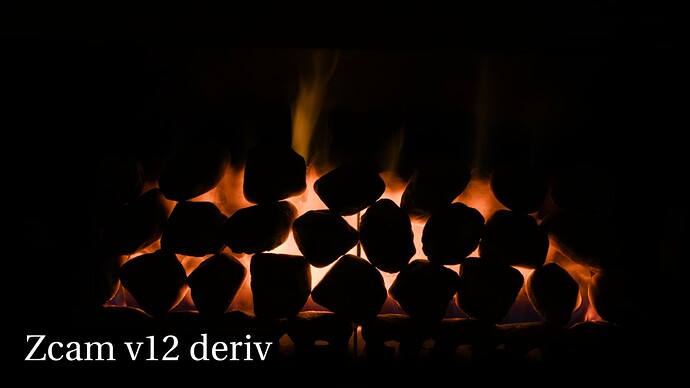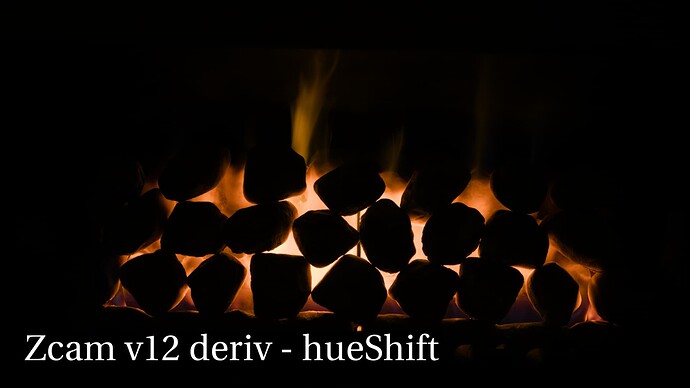Yes, he does here (spoiler it’s not salmon):
Output Transform Tone Scale - #137 by Thomas_Mansencal
What are your thoughts about having a hue shift to engineer those “happy accidents” of the per-channel? Perhaps in a default LMT. Here’s for example the Zcam deriv with a shift from red to yellow using @jedsmith’s n6HueShift gizmo. The tricky part is the danger of having this make faces look jaundiced. I think if this was zoned so it only affected highlights that could solve it.

